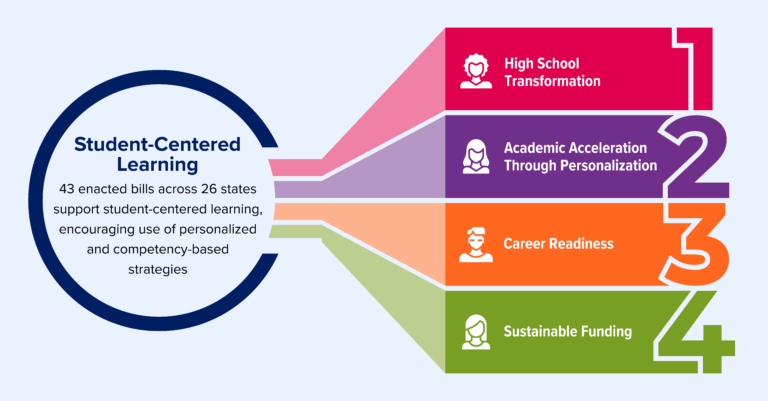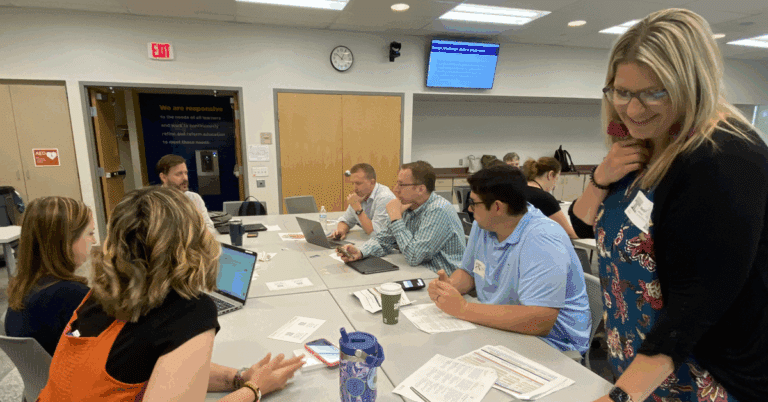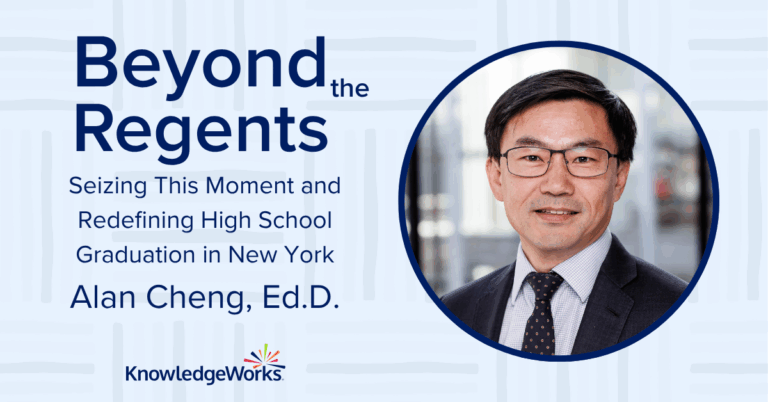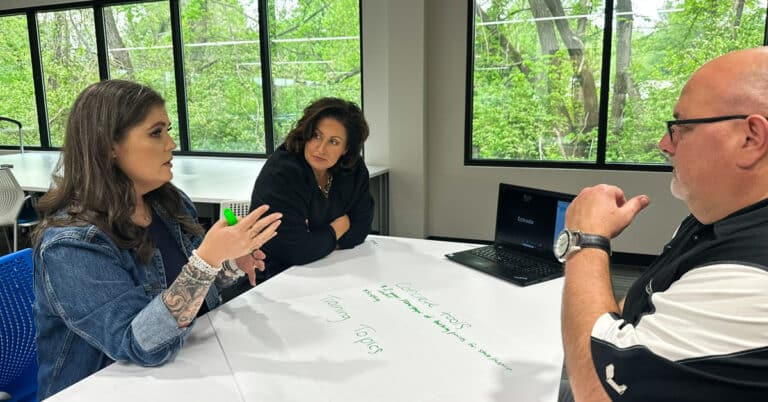I travel frequently to support the learning communities we partner with, and I get to make a lot of choices: I get to choose my seat on the plane, choose which car I’ll be renting and choose the amenities I want in my hotel room. At Starbucks, I choose what I want off the menu – and according to their website, there are 170,000 different ways to customize my beverage!
In helping classrooms become more student-centered, offering students choices is a good first step. Among the things to consider:
- What choices do students get to make in your classroom?
- What choices do educators get to make for professional development
- What does equity have to do with learner choice?
For author Mike Anderson, “one of the main purposes of choice is to provide a few options for students and have them self-differentiate.” Often it’s the highest performing students in the school that have the most opportunities for choice. Learners who are disengaged in school are most in need of relevant work and ownership, yet often these students are offered rote, repetitive work without authentic opportunities for choice.

Learner profiles help students get to know themselves better as learners – and for teachers to have a better idea of their students’ needs and preferences.
Learn more.
We know that learning is emotional and when we feel connected to the learning, there is increased engagement. Equipping students to have choice in learning increases the chances that learning will be meaningful.
In her book Culturally Responsive Teaching and the Brain, Zaretta Hammond highlights that “underserved English learners, poor students and students of color routinely receive less instruction in higher order skills development than other students.”
Stages of learner choice
1. Teacher-centered
Choose the environment for individual or group work and has a choice of learning activities, resources and tools
2. Learner-centered
Chooses topics based on interests or questions and identifies ideas for designing activities, tasks, and roles for projects
3. Learner-driven
Self-directs learning based on challenges, problems, or passions and chooses strategies, people, and resources to develop plan for action
McClaskey and Bray help us move from teacher-centered choice over time to learner-driven choice. This takes time and practice. And for educators, it’s essential to model agency in the professional development available. As we navigate through the challenges presented by COVID-19, all educators and leaders have had to rethink learning spaces. What if professional development moved further from a one-size-fits-all model and closer to a teacher-driven model? Choices in micro-credentials or personalized professional development plans create a path for teacher-driven professional development.
We need to practice building the capacity of learners to choose and direct their learning with content that is meaningful to them. The teacher partners with the learner to help guide their choices and to ensure the learning plan involves higher order thinking, building a foundation for lifelong learning.
Zaretta Hammond’s work is central to our sixth anchor forecast, centering ways in which we find liberatory education under different conditions of possible futures.





